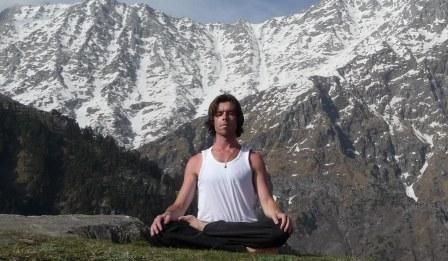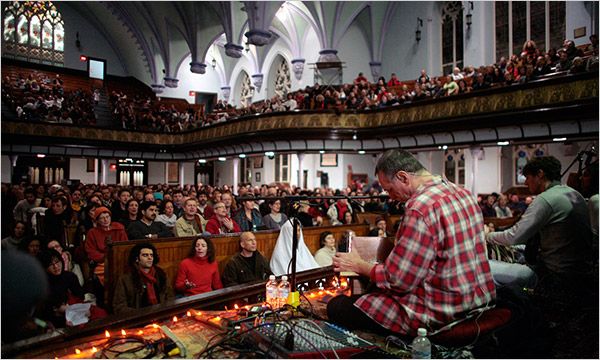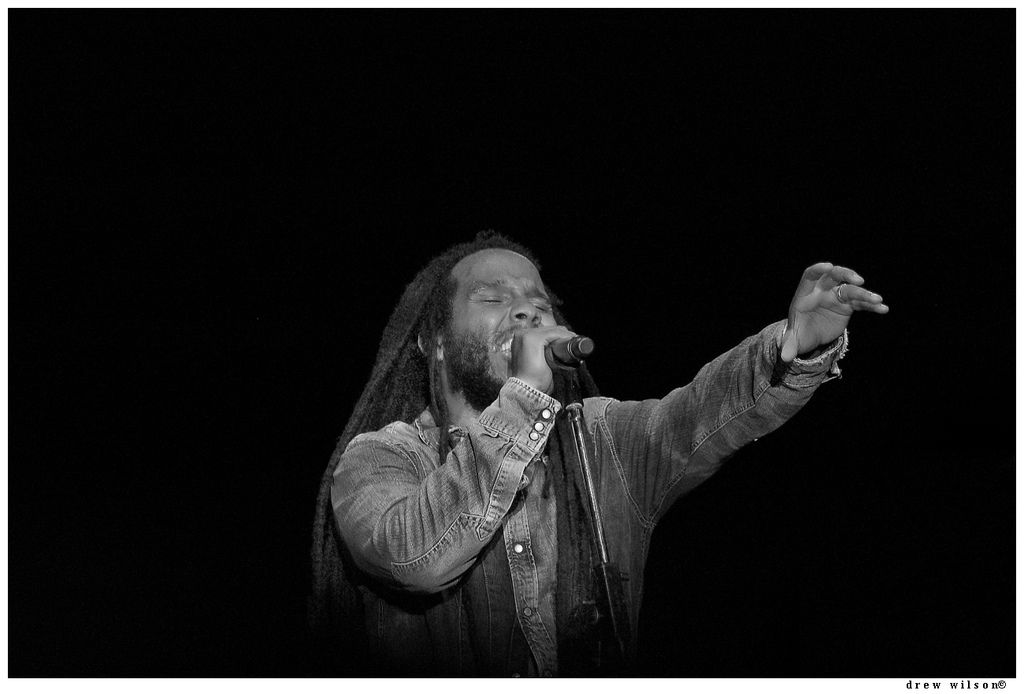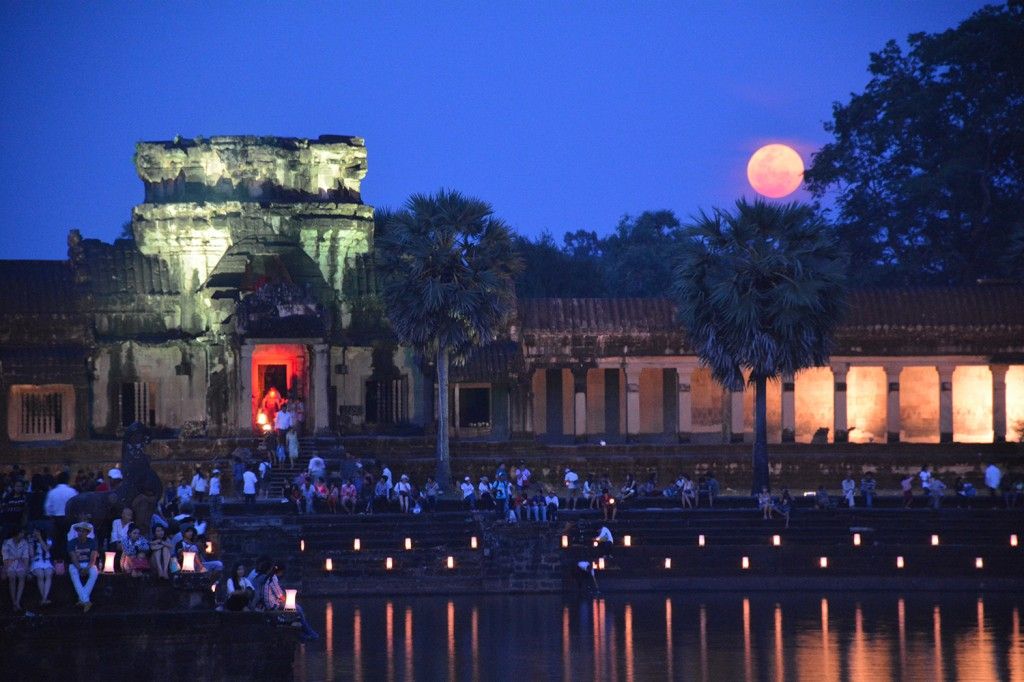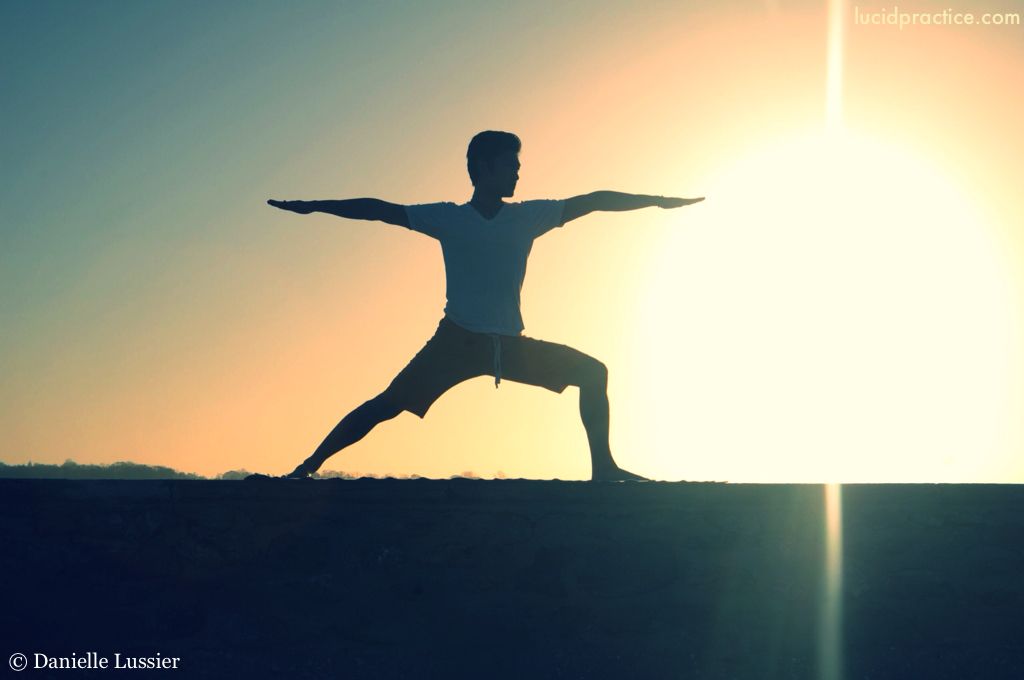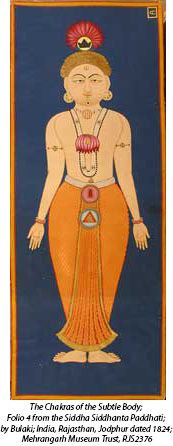Yoga and Coding
A Hipcamp type of service would have been useful last week when we were searching for a camping destination in the NYC metropolitan area. It took us a couple days but after 15 phone calls, Danielle and I found a great campsite in Croton Point Park, New York.
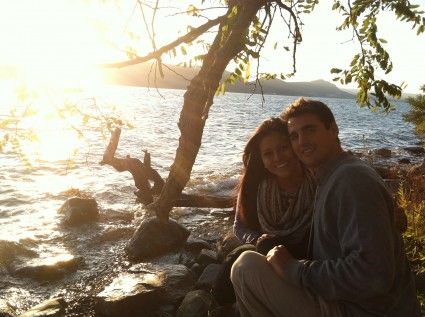
Danielle and Paz Camping in Croton Harmon, NY
As you see above, we found a beautiful spot with friendly people but it took entirely too long to locate viable camping options online. Hipcamp aims to solve that problem in a fun, easily accessible way. I came across an interesting interview in which Hipcamp Founder Alyssa Ravasio explained her rationale on learning computer programming and explained how she relates yoga and coding:
I decided to do Dev Bootcamp because I didn’t want to be the founder who couldn’t code. I’d seen how hard it can be when the leader of the company doesn’t understand the technology, so I decided to bite the bullet and learn.
What I didn’t expect was how much I would love coding. For me, coding is a practice, like yoga or surfing. It is a skill I can eternally improve, an art form so infinitely complex that it cannot be mastered. I find deep peace in these practices because there is no pressure of an endpoint, just a lifetime of working towards mastery. The path is the goal.
Ah, yes. Deep peace in practice. Whether it be yoga, building Lucid Practice, or everyday interactions with family, friends and acquaintances, I empathize with Alyssa on working towards a lifetime of mastery with no endpoint in site.

Founder of Hipcamp Alyssa Ravasio camping:
As Alyssa so eloquently points out, the path is the goal. Whatever you are working on, realize that the path is the goal and your practice is the manner in which you conduct yourself while on that path. So whatever your practice is…. yoga, traveling the world, building a blog, working a desk job, or just working at being a better sister or friend…. choose to move fluidly with patience and grace. And stay lucid 😉
What does your daily practice consist of?
Note: Dev Bootcamp is a 9 week intensive coding program where beginners can learn the basics of programing and coding. We are in no way affiliated with Dev Bootcamp or Hipcamp other than the fact that we think they’re both awesome 🙂
